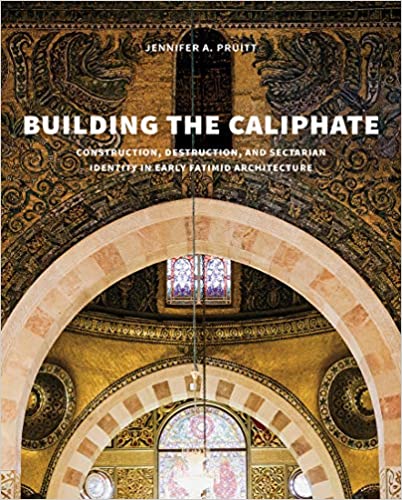
Building the Caliphate: Construction, Destruction, and Sectarian Identity in Early Fatimid Architecture
Tom Verde
Jennifer A. Pruitt
2020, Yale UP, 978-0-30024-682-7, $65 hb.
The optimism that from chaos comes order could summarize the architectural legacies of the Fatimid dynasty, which founded Cairo in 969 CE and dominated the Mediterranean for most of the 10th–12th century. Although the dynasty’s sixth caliph, al-Hakim, fomented 25 years of conflicts with the destruction of many of Jerusalem’s holy structures, the Cairo mosque that bears his name features highly stylized minarets that are also the city’s oldest “masterworks of Islamic stone carving,” writes Pruitt, a professor of Islamic art history. It fell to al-Hakim’s son and successor, al-Zahir, to sponsor the rebuilding of Jerusalem, including restorations of the Dome of the Rock and al-Aqsa Mosque, “thereby changing the status of the city in Islamic thought.”
You may also be interested in...

Work Reveals Common Ground Across Massive Desert
The Sahara wasn’t always a desert. Around 9000 BCE it was a bucolic expanse where animals and lush vegetation thrived.
Drawing New Conclusions About the Status of Women in Ancient Egypt
Egyptologist Mariam F. Ayad that gender bias among historians accounts for an underrepresentation of women’s lives in historical studies of Egypt.